Osteoporosis often sneaks up on you without a heads-up. This condition is known for quietly reducing your bone density, making them fragile and prone to breaks. While you might think of it as something only older folks have to worry about, it can impact people of various ages, especially if certain risk factors are at play.
So, what sets the stage for osteoporosis? It’s a mix of things. Aging is a biggie, but genetics, hormonal changes, and even your lifestyle choices from years earlier can play a role. Imagine your bones as a savings account: if you don’t deposit enough bone mass in your younger years, withdrawals happen faster in your later years.
Diving into the risk factors, women, particularly post-menopausal women, face a higher risk due to hormonal shifts. Men aren’t off the hook, though. They might develop it too, especially if they have low testosterone levels. Then there are lifestyle factors like smoking, excessive alcohol use, and a lack of certain nutrients that can put you on a faster track to weaker bones.
When osteoporosis settles in, it doesn’t just leave you with brittle bones. It can bring along a host of challenges to your everyday life. Fractures, especially in the hip, spine, and wrist, can result from the simplest of falls, altering your quality of life and independence if left unchecked. Knowing about osteoporosis isn’t just about understanding the condition – it’s about taking the power to protect yourself and manage your bone health effectively.
The Role of Exercise in Osteoporosis Prevention
Exercise is more than just a way to keep fit; it’s a ticket to building sturdier bones and warding off osteoporosis. Engaging in the right kind of physical activity can do wonders for your bone health, keeping them dense and strong.
Weight-bearing exercises are first up on the list. Think of activities like walking, jogging, or hiking, where every step counts. These exercises make your body work against gravity, gently nudging your bones to reinforce themselves over time.
Next, resistance training steps in as a solid ally. We’re talking about lifting weights or using resistance bands, which aren’t just for bulking up. Even light weights can stimulate your bones, helping them maintain their structure and density.
Balance exercises have a crucial role too. Simple moves like standing on one foot or doing tai chi can improve your stability. Better balance means fewer falls, which means fewer chances of fractures.
Combining these exercises doesn’t just target your bones; it builds overall strength and coordination, creating a safety net to cushion against future falls. Just getting started? Ease into things. Everyone’s path to healthier bones looks a bit different, so find what clicks for you.
Best Exercises for Managing Osteoporosis
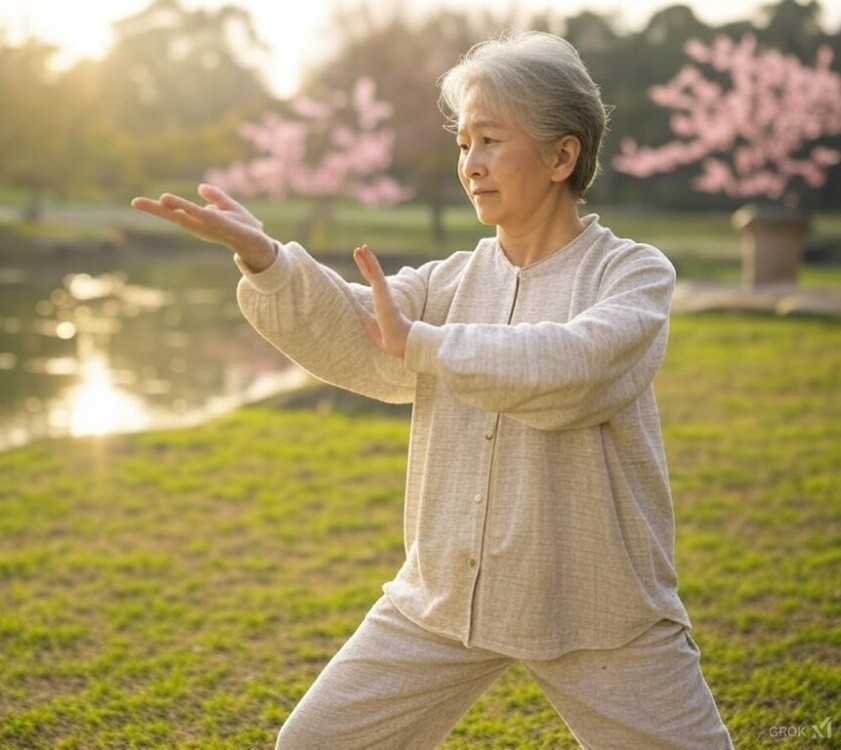
Finding the right exercise mix for osteoporosis isn’t just about sticking to a routine—it’s about picking moves that keep you safe and effective in your strengthening journey. Whether you’re a fitness newbie or a seasoned guru, certain workouts can be lifelines for your bones.
Strength training tops the list. Grab those dumbbells or resistance bands, and focus on exercises that use major muscle groups. Squats, lunges, and arm curls don’t just build muscle—they fortify your bones.
Walking might sound simple, but it packs a punch. A brisk walk several times a week can be enough to kickstart bone preservation. It’s gentle yet effective, and all you need are your sneakers and some open space.
Yoga adds a different kind of edge, focusing on flexibility and balance—a key to preventing falls. Moves like the tree pose and warrior not only stretch out your limbs but also engage your core and stabilize your frame.
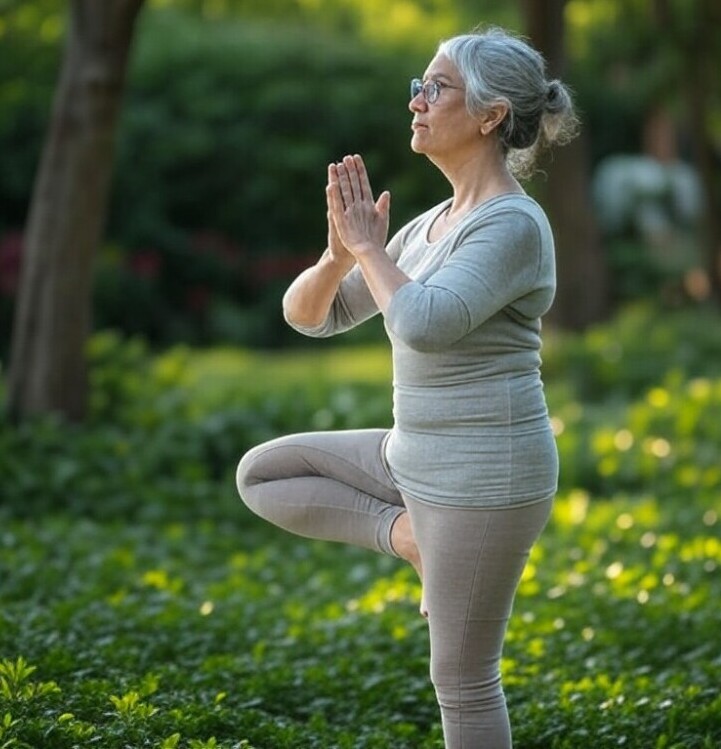
Stretching deserves a shout-out too. Regular stretches keep your muscles supple and your joints moving smoothly. Incorporating stretches daily helps prevent stiffness, making it easier to go about your activities without hiccups.
Remember, consistency trumps intensity. It’s not about how hard you push, but how regularly you incorporate these exercises into your life. Start small, stay safe, and consult with your healthcare provider to tailor activities to your personal needs.
Lifestyle Adjustments to Reduce Osteoporosis Progression
Taking charge of your lifestyle can make a real difference when it comes to managing osteoporosis and preventing its progression. While exercise holds a significant spot on the list, what you put on your plate matters just as much. Loading up on calcium and vitamin D is crucial for maintaining bone density. Think dairy products, leafy greens, and fatty fish. If these aren’t staples in your diet, chat with a healthcare provider about potential supplements.
Lifestyle choices can also make or break bone health. Avoiding smoking and keeping alcohol consumption in check are vital steps. Both habits can interfere with the bone renewal process, increasing the risk of fractures over time. Plus, they bring along other health risks you’d rather not deal with.
Keep an eye on your posture too. Slumping isn’t just a bad look; it can stress your spine and increase your risk of vertebral fractures. Pay attention to ergonomics in your daily routine. Simple tweaks like adjusting your workstation or being mindful of your body’s alignment can lead to big gains.
Keeping active throughout your day—even beyond a structured workout—helps in maintaining bone strength. Simple habits like taking the stairs, parking further away, or just getting up and moving around every hour make a difference. Every bit counts when you’re looking to keep those bones strong.
Building a Long-Term Fitness Routine for Stronger Bones
Keeping your bones strong over the long haul isn’t just about hitting the gym hard a few times; it’s about making fitness a lifestyle. Consistency over intensity is your best friend in this journey. Think of exercise like brushing your teeth—a small daily habit that adds up to big benefits over time.
Start by setting realistic goals that you can manage. Don’t overwhelm yourself right out of the gate. Whether it’s a daily 30-minute walk or a bi-weekly yoga session, ensure the routine slots naturally into your life, so sticking to it feels less like a chore.
Modifying exercises to fit different fitness levels or physical limitations is essential. Listen to your body—it’s your best guide. If something doesn’t feel right, ease off. You want a routine that’s challenging yet doable. This might mean opting for lighter weights or lower-impact versions of tougher exercises as needed.
Staying motivated can be tough, but sometimes pairing up with a buddy or joining a class makes all the difference. Having a support system keeps the routine lively and something to look forward to.
Remember to consult with healthcare or fitness professionals who can offer personalized advice. They can help craft a plan tailored to your needs, adjusting as necessary to keep your bones in top form. Keeping their input in your playbook is a smart move for anyone serious about long-term bone health.
For More Information on Osteoporosis and Exercise
For authoritative information on osteoporosis, prevention strategies, and exercise recommendations, check out the following trusted sources:
- National Osteoporosis Foundation (NOF) – Offers expert-backed insights on bone health, exercise recommendations, and lifestyle changes.
? www.nof.org - Mayo Clinic – Provides comprehensive medical guidance on osteoporosis risk factors, treatment options, and safe exercise routines.
? www.mayoclinic.org - National Institute of Arthritis and Musculoskeletal and Skin Diseases (NIAMS) – A government resource on osteoporosis research, prevention, and management.
? www.niams.nih.gov - International Osteoporosis Foundation (IOF) – Global resource for osteoporosis awareness, prevention strategies, and exercise plans.
? www.osteoporosis.foundation
Taking proactive steps—through exercise, nutrition, and lifestyle choices—can make a significant difference in maintaining strong bones and reducing the risks associated with osteoporosis. Stay active, stay informed, and prioritize your bone health! ??
Looking for more to read? Look no further:
- Want gentle options? Try these fun and easy exercises for seniors.”
- Here’s a deeper dive into how regular exercise improves your overall health.
- Explore my complete guide to staying fit in your 60s and beyond.
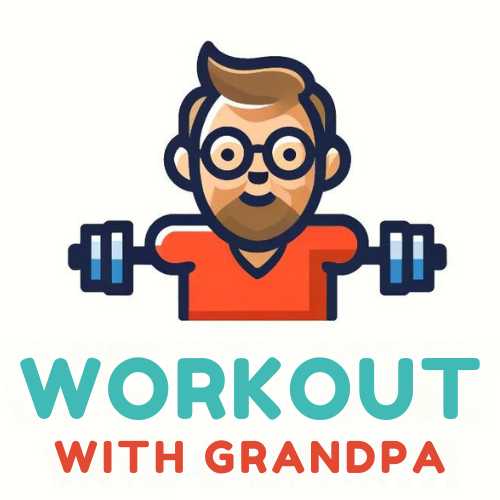
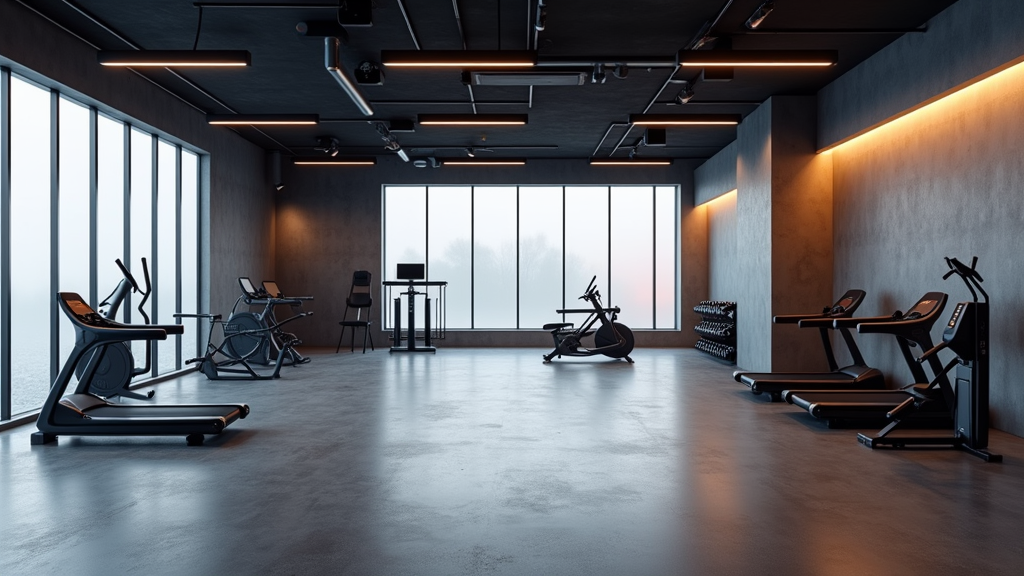



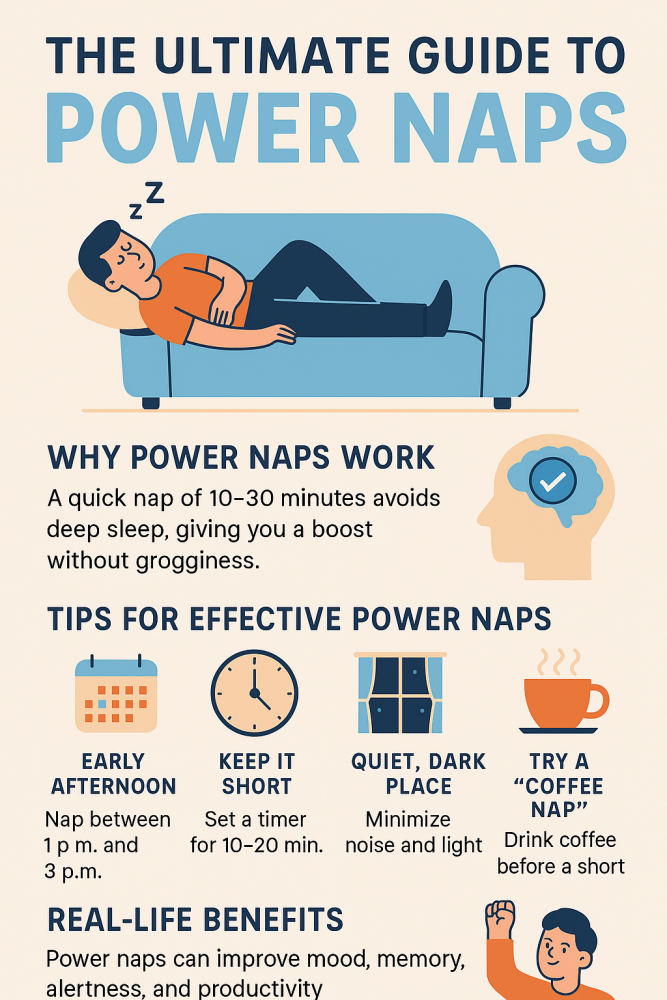

Leave a Reply